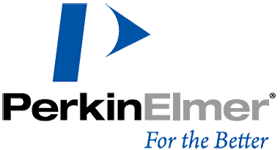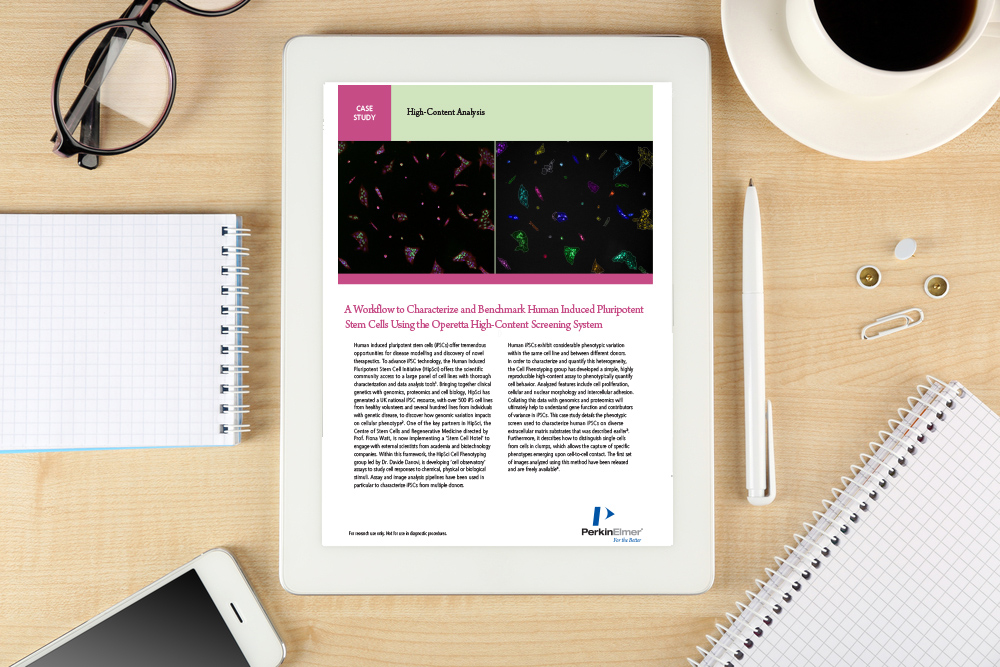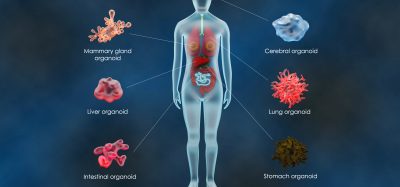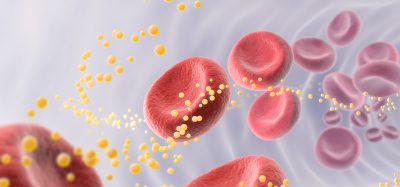Case Study: Characterisation of hiPSCs by Phenotypic Screening
Posted: 8 March 2018 | PerkinElmer | No comments yet
Case study detailing a simple, highly reproducible phenotypic screen to characterise human induced pluripotent stem cells…
Human induced pluripotent stem cells (iPSCs) offer tremendous opportunities for disease modeling and discovery of novel therapeutics.
The UK-based Human Induced Pluripotent Stem Cell Initiative (HipSci) aims to advance iPSC technology and pave the way to discovering how genomic variation impacts cellular phenotype by offering the scientific community access to a vast panel of cell lines with thorough characterisation and data analysis tools.
This case study details a phenotypic screen developed by HipSci to characterise human iPSCs on diverse extracellular matrix substrates, and a method for the capture of specific phenotypes emerging upon cell-to-cell contact
It describes how:
- high-content analysis enables image-based phenotyping of human induced pluripotent stem cells
- to distinguish single cells from cells in clumps or colonies
- secondary data analysis tools allow a better understanding of multiparametric datasets such as phenotypic profiles.
The rest of this case study is restricted - login or subscribe free to access


Why subscribe? Join our growing community of thousands of industry professionals and gain access to:
- quarterly issues in print and/or digital format
- case studies, whitepapers, webinars and industry-leading content
- breaking news and features
- our extensive online archive of thousands of articles and years of past issues
- ...And it's all free!
Click here to Subscribe today Login here
Related content from this organisation
- Global high-content screening market set to be worth $2.52bn by 2030
- Assays for protein degradation therapeutics to accelerate undruggable proteome discoveries
- Lab automation market set to increase at CAGR of seven percent
- Brochure: Biologics workflow solutions brochure
- Brochure: Viral research solutions
Related topics
Assays, Drug Discovery Processes, Screening, Stem Cells, Translational Science
Related organisations
PerkinElmer









